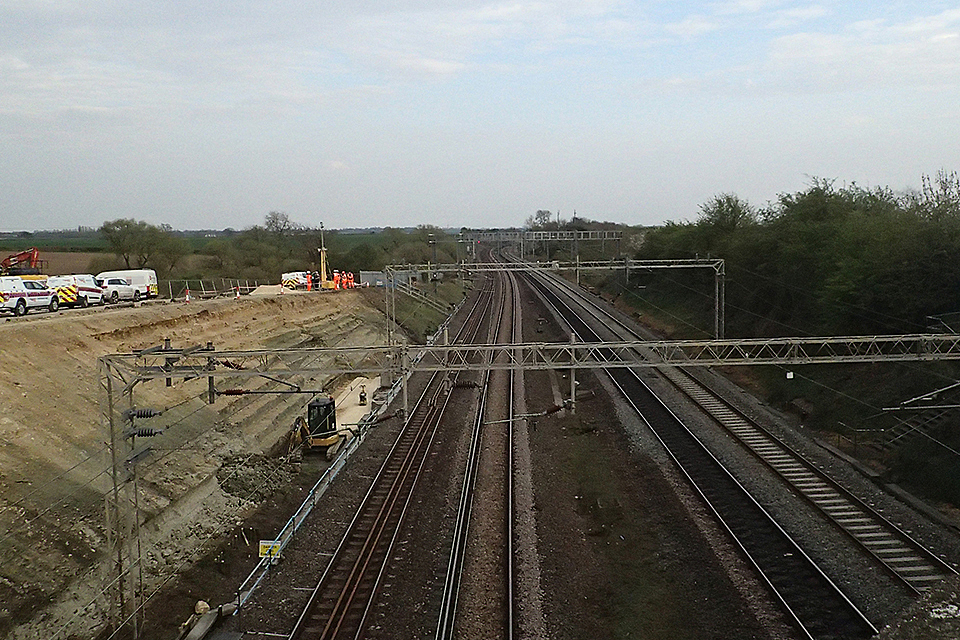Track worker struck and fatally injured.

 www.gov.uk
www.gov.uk
It has been publicly confirmed the person involved was Aden Ashurst in his 50s from Wigan and was employed by AmcoGiffen carrying work out for Network Rail.
My thoughts are with his family, friends and colleagues.

[Withdrawn] Fatal accident near Roade
Investigation into a fatal accident near Roade, Northamptonshire, 8 April 2020.
At around 10:52 hrs on 8 April 2020, a track worker was struck and fatally injured by a passenger train on the West Coast Main Line near to the village of Roade. The track worker was part of a group that were undertaking civil engineering work at the location. At the time of the accident the line was open to traffic.
The train was travelling from Northampton to London (Euston), at around 90 mph (145 km/h) when its driver saw the track worker on the line ahead, sounded the train horn and applied the emergency brakes.
Our investigation will identify the sequence of events that led to the accident
It has been publicly confirmed the person involved was Aden Ashurst in his 50s from Wigan and was employed by AmcoGiffen carrying work out for Network Rail.
My thoughts are with his family, friends and colleagues.
Last edited by a moderator:
